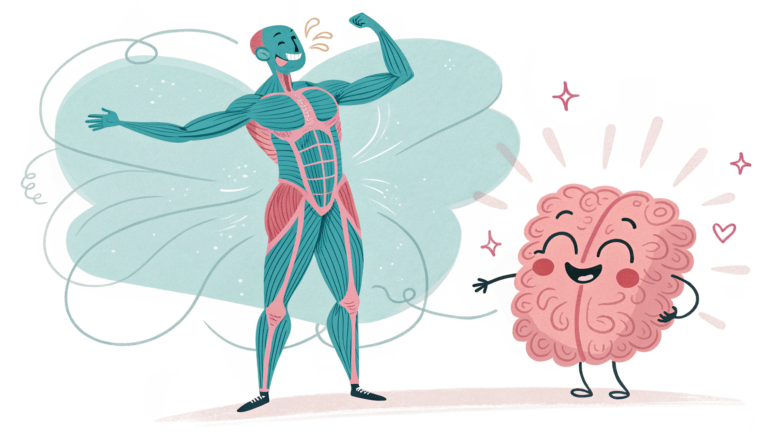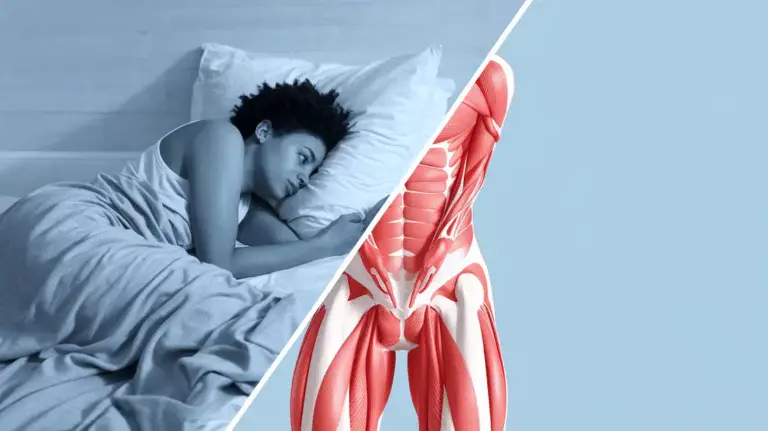Ever wonder why you can’t quite reach your toes or experience nagging lower back pain after sitting for extended periods?
Tight hip flexors might be the culprit.
These unsung heroes behind everyday movements like walking, running, and maintaining good posture can become shortened and restrict your mobility when neglected.
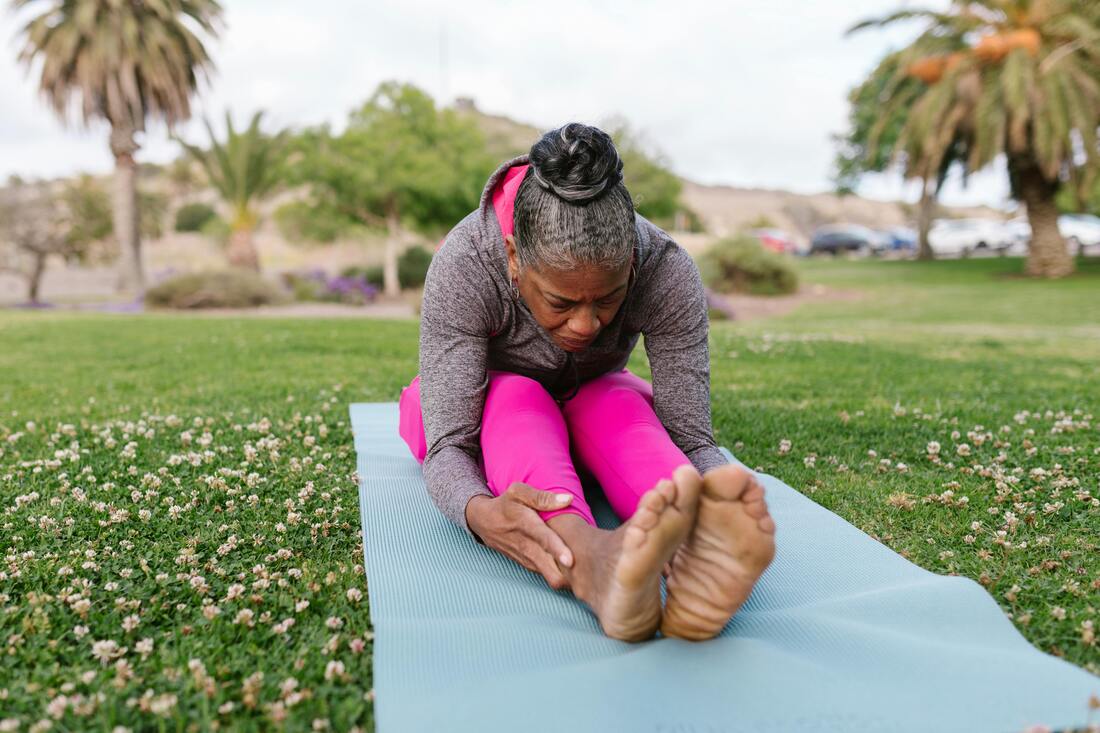
This guide dives deep into the world of hip flexors, exploring their function and how tightness can impact your body.
We’ll equip you with valuable strategies to improve mobility and keep you moving with ease.
Why Your Hip Flexors Matter
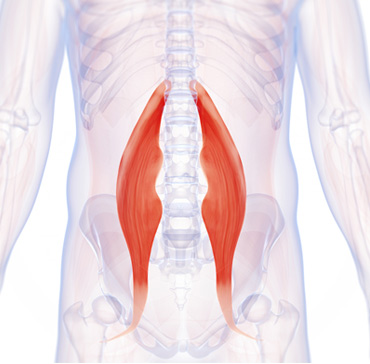
Imagine a group of muscles tucked away at the front of your hip joint.
These are your hip flexors, connecting your lower spine to your thigh bone.
They’re responsible for essential functions like:
- Hip flexion: Lifting your knees towards your chest, crucial for activities like walking, running, and climbing stairs.
- Pelvic stability: Supporting your lower back and pelvis during movement.
- Posture: Maintaining proper spinal alignment and preventing excessive lower back curvature.
The Downside of Tight Hips
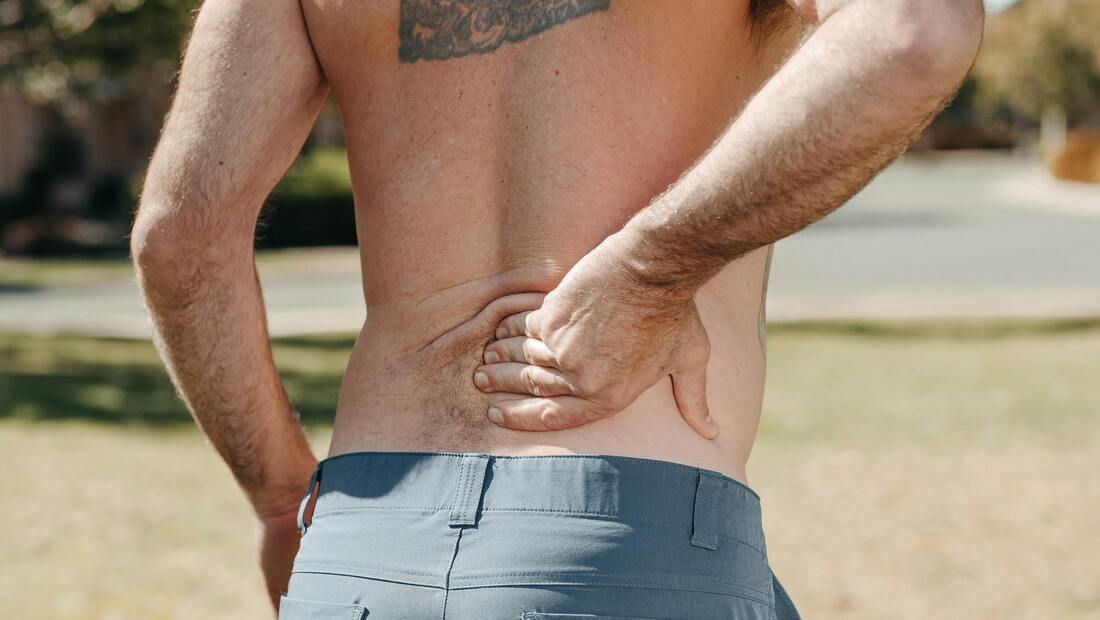
When hip flexors become chronically tight, it can wreak havoc on your body’s mechanics, leading to:
- Reduced Range of Motion: Simple tasks like bending over or tying your shoes become a challenge.
- Lower Back Pain: Tight hip flexors can pull on your lower back, causing discomfort and tightness.
- Knee Pain: Altered biomechanics due to tight hip flexors can put extra strain on your knees.
- Poor Posture: Tight hip flexors can cause your pelvis to tilt forward, leading to swayback posture and potential back pain.
- Muscle Imbalances: Uneven tightness between your hip flexors can create imbalances in your core and pelvic region, affecting overall stability.
Signs You Might Have Tight Hips
Do any of these sound familiar?
- Struggle to touch your toes: When you try to reach for your toes with a straight back, you find it difficult or impossible.
- Lower back or groin pain: You experience persistent pain or tightness, especially after sitting for long periods.
- Hip discomfort: You feel tightness or achiness in the front of your hip joint.
- Limited hip flexion: Lifting your leg high towards your chest is a challenge, impacting activities like lunges or high kicks.
- Tight hamstrings: Tight hamstrings often accompany tight hip flexors due to postural imbalances.
Understanding the Causes of Tight Hip Flexors
Several factors can contribute to tight hip flexors:
- Sedentary Lifestyle: Sitting for long periods shortens and tightens your hip flexors due to lack of movement.
- Repetitive Activities: Activities that involve repetitive hip flexion, like cycling or running, can overwork your hip flexors if not balanced with stretching.
- Muscle Imbalances: Weak core muscles and tight glutes can put additional strain on your hip flexors.
- Previous Injuries: Injuries to the hip joint or surrounding muscles can lead to compensatory tightness in your hip flexors.
Strategies to Unleash Your Inner Hip Flexor Ninja
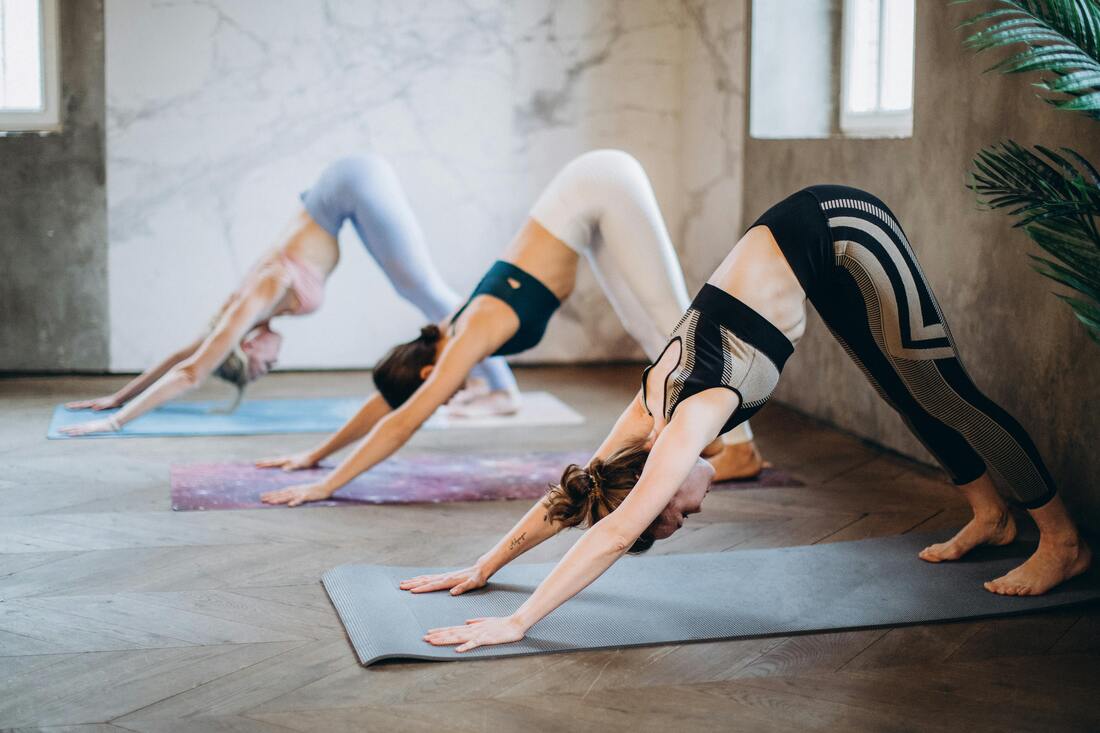
Here’s your action plan to improve hip flexor mobility and alleviate tightness:
- Static Stretching: Regularly incorporating static stretches specifically for your hip flexors can significantly improve their length and flexibility. Examples include the kneeling hip flexor stretch, lunge with a twist, and figure-four stretch (consider including visuals or links to demonstrations).
- Foam Rolling: Self-myofascial release with a foam roller can loosen tight muscle adhesions and improve flexibility. Focus on rolling the front of your hip with gentle pressure, holding for 30 seconds on tender spots.
- Embrace Yoga: Many yoga poses target hip flexors and can be incredibly effective in improving their mobility. Consider incorporating Downward-Facing Dog, Lizard Pose, Pigeon Pose, and Half Moon Pose into your practice.
- Strengthen Your Core and Glutes: Strengthening these muscle groups improves pelvic stability and takes pressure off your hip flexors. Exercises like planks, glute bridges, and deadlifts (modified version for beginners) are excellent options.
- Dynamic Stretches: While static stretches are great for maintaining flexibility, incorporating dynamic stretches before exercise can prepare your hip flexors for movement and reduce the risk of injury. Examples include high knees, leg swings, and walking lunges with torso twists.
Taking Care of Your Hips: The Takeaway
Hip flexors, often overlooked, play a vital role in our mobility and well-being.
By incorporating the strategies mentioned above, you can loosen tight hip flexors, improve your range of motion, and prevent potential pain and discomfort.
Remember, consistency is key!
Make stretching and exercises for your hip flexors a regular part of your routine to reap the long-term benefits.
Call to Action
Do you struggle with tight hip flexors? Share your experiences and questions in the comments below!
Let’s discuss ways to improve hip mobility and keep your body moving freely.
Additional Tips
- Consult a Professional: Consider consulting a physical therapist or certified yoga instructor for personalized guidance on stretching and strengthening exercises tailored to your specific needs.
- Listen to Your Body: Stop any exercise or stretch that causes pain and consult a healthcare professional if your pain persists.
By following these tips and incorporating the strategies outlined above, you can take control of your hip health and move with confidence and ease.

